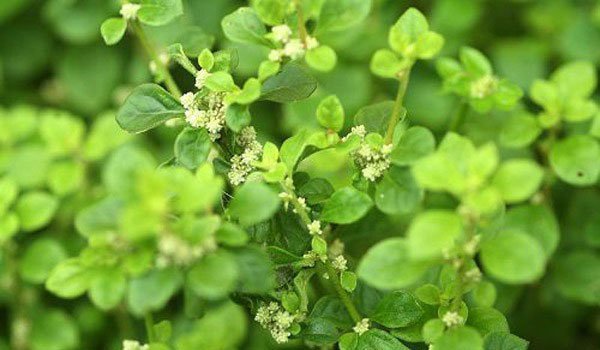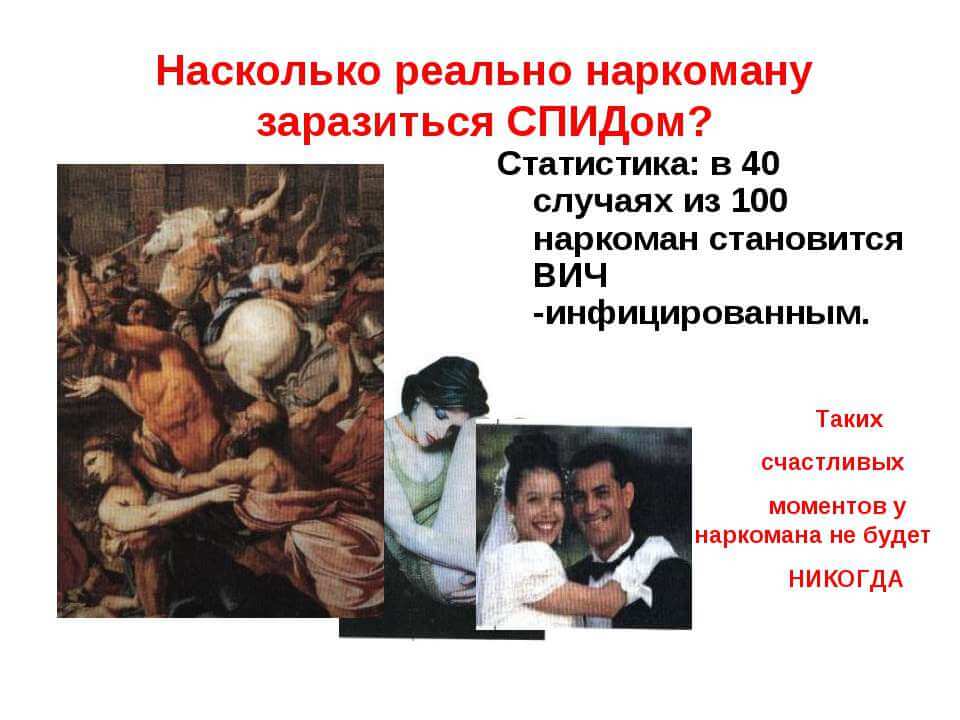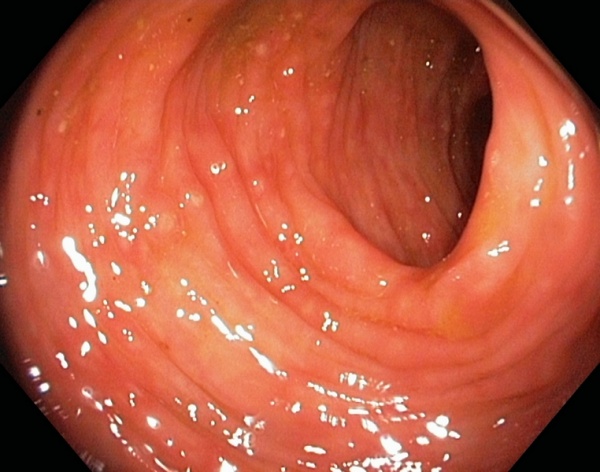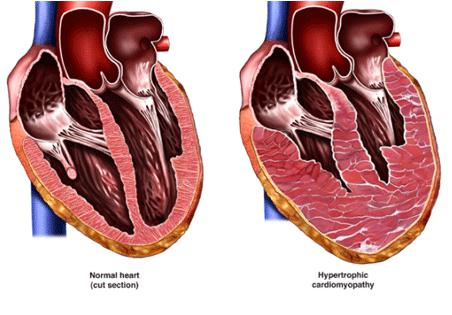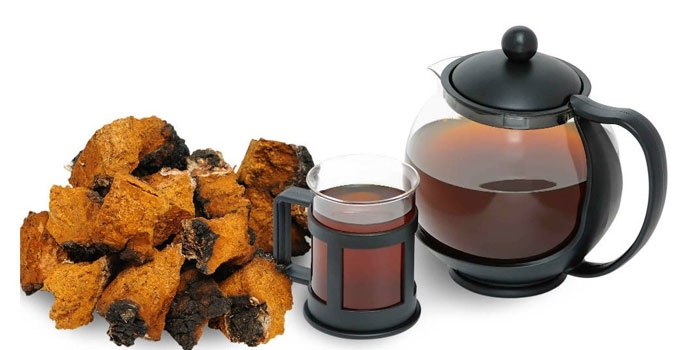Barking cough in a child: causes, mechanism of development and differences from sniffing
A barking cough in a child is a widespread symptom in pediatric practice that occurs against the background of a common cold or allergic rhinitis in children of different ages.
In newborns and infants, a barking cough against the background of a runny nose or acute stenosing laryngotracheitis develops several times more often than in a child older than three years.
A barking cough is characteristic of lesions of the lower respiratory tract in the initial stages, without sputum discharge.
It develops with inflammation of the larynx, bronchi and trachea, disrupts the general condition of children due to a change in the physiological act of breathing, an increase in hypoxia and spasm of the respiratory muscles. Diseases that cause a barking cough in a child include the most dangerous infection for early childhood - whooping cough.
For this pathology, bouts of continuous coughing with blanching of the face, protrusion of the tongue and a sharp wheezing breath at the end of the cough paroxysm are pathognomonic. Parents seek medical help from the first symptoms of the disease to start antibiotic therapy and prevent complications.
Causes of barking dry cough:
- allergic bronchitis, tracheitis;
- bronchial asthma (debut, initial stages);
- acute stenosing laryngotracheitis;
- leakage of mucous discharge with severe nasal congestion;
- colds (flu, SARS);
- infectious diseases (pertussis, diphtheria, adenovirus);
- foreign bodies in the upper and lower respiratory tract.
Allergic diseases develop as a result of a pathological reaction of the child's body to the allergen. The inflammation is eosinophilic in nature, steadily progressing to bronchial asthma with the gradual onset of symptoms of progressive bronchial obstruction.
Symptoms of a barking cough in a child are repetitive dry cough tremors, accompanied by a sharp breath, exfoliation (burning behind the sternum). Mild viral infections begin with a dry cough that develops into a wet one. The symptom of loss of voice indicates damage to the larynx and vocal cords.
Cough in young children develops as a result of mucus flowing from the nasal passages with a runny nose against a cold. Rarely occurring granular pharyngitis with massive vegetations in the lumen of the respiratory tract leads to irritation of the pharyngeal wall, leading to a prolonged severe cough.
Barking cough in a child requires early treatment, due to the high risk of complications. With an attack of acute stenosing laryngotracheitis, emergency care is indicated to restore the normal lumen of the airways. Bronchial asthma and infectious diseases differ in the methods of drug exposure, the principles of drug therapy.
Cough is a physiological reaction aimed at clearing the lumen of the bronchi and trachea from mucus, however, with excessive accumulation, the cough turns into seizures that disrupt the child's nighttime sleep. With severe allergies, swelling of the nasopharynx and allergic rhinosinusitis, excessive exudate formation leads to coughing in the morning. There is an increased risk of developing bacterial bronchitis or tracheitis as a result of bacterial invasion, especially in younger children.
Medication treatment for a barking cough in a child is prescribed by the attending physician after examining and auscultating the patient, taking into account the conditions for the occurrence and characteristics of the cough.
Medical treatment has several directions:
- etiotropic (antibacterial, antiviral, antimycotic);
- expectorant;
- mucolytic;
- antitussive;
- vasoconstrictor;
- bronchodilator.
How to alleviate the condition of the child with a barking cough? Plentiful fractional drinking with the addition of citrus or berry fruit drinks reduces the risk of intoxication, improves the condition of the mucous membranes and stimulates sputum production. Taking drugs prescribed by pediatricians, according to the schedule, has a therapeutic effect by the end of the first day of the disease.
An active lifestyle of a child in the absence of temperature and sudden violations of the general condition leads to improved breathing, restoration of airway patency. Aromatherapy in the absence of bronchial asthma has a general relaxing and restorative effect.
Useful advice from Dr. Komarovsky and domestic pediatricians on caring for a child with a barking cough:
- when coughing, the child lies in bed on a high pillow to prevent inflammation of the lower respiratory tract;
- when prescribing mucolytic drugs, a large fluid intake is shown (fruit drinks, water, compotes);
- the use of a humidifier and an air ionizer accelerates the healing process;
- the use of medicinal herbs and decoctions with the permission of a pediatrician has a beneficial effect on the condition of the mucous membrane of the respiratory tract.
Prevention of barking cough in a child is aimed at preventing mucus leakage, the use of vasoconstrictor drops and regular washing of the nose, the use of suction in case of severe rhinitis. Seeing a doctor early will prevent the progression of infectious diseases, whooping cough, flu and colds.
The use of expectorant syrups during the first signs of the disease reduces the risk of developing cough symptoms by protecting the mucous membrane and stimulating the outflow of mucous exudate. Reviews on the forums note the high effectiveness of vasoconstrictive therapy in the prevention of stenosing laryngotracheitis.
Barking cough in a child without fever: causes and methods of treatment
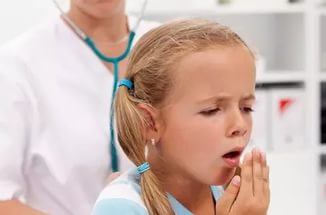 A barking cough in a child without fever develops in chronic diseases of the respiratory system or ENT organs, against the background of trauma or foreign objects of the bronchi, trachea. Depending on the general condition of the baby, the doctor prescribes a treatment plan and determines the methods of specific therapy.
A barking cough in a child without fever develops in chronic diseases of the respiratory system or ENT organs, against the background of trauma or foreign objects of the bronchi, trachea. Depending on the general condition of the baby, the doctor prescribes a treatment plan and determines the methods of specific therapy.
The symptom is widespread in pediatric practice among children of early preschool and school age. Characteristic of various diseases, if untreated, a prolonged barking cough without fever progresses steadily in most cases, leading to the development of complications that significantly reduce the quality of life of the child.
Causes of a barking cough in a child without fever:
- nonspecific inflammation (ENT organs, upper respiratory tract, bronchi, trachea, lungs);
- infection (influenza, parainfluenza, measles, SARS, whooping cough, adenovirus, cytomegalovirus) against the background of primary or secondary immunodeficiency;
- allergies (hay fever, sinusitis, bronchial asthma);
- injuries (foreign bodies, damage to the esophagus);
- tracheoesophageal fistula;
- cardiac arrhythmia (extrasystole, vegetovascular dystonia).
The penetration of the virus into a weakened body with immunodeficiency is not accompanied by a typical reaction of hyperthermia. The infection develops at normal body temperature, requires complex treatment with the use of etiological agents and drugs to stop the reproduction of a pathogenic microorganism.
Unlike wet, a barking cough in a child without fever is accompanied by a burning sensation in the throat, irritation of the bronchi and general disorders of the condition. With laryngitis, the child loses his voice, switches to whispered speech. The combination of allergic and infectious pathology is characterized by a severe course, a long recovery period.
A barking cough in a child without fever in infancy is a sign of a fistula of the thoracic esophagus, through which food enters the respiratory tract, causing irritation and a protracted inflammatory process. Persistent cough in childhood is a diagnostic problem that disrupts the physiological breathing and normal development of the child.
Treatment is aimed at restoring the mucous membrane of the bronchi and trachea. Expectorants are prescribed, combined with mucolytics for the treatment of bronchitis, laryngitis and pharyngitis.
Derivatives are used:
- acetylcysteine (ACC, Vicks, Fluimucil);
- carbocisteine (Libeksin, Bosalek);
- ambroxol (Lazolvan, Ambrobene, Ambrohexane);
- bromhexine (Nycomed, Bronchosan).
Bronchodilator drugs are used for bronchospasm and chronic obstruction to expand the lumen of the bronchi and restore breathing. The rapid onset of the effect allows the use of inhalers during asthma attacks, exacerbation of smoker's bronchitis, obstructive pulmonary disease.
Barking cough in a child with fever: causes and treatments
A barking cough in a child with a fever is a widespread symptom that is characteristic of both acute and chronic diseases.
Infectious diseases accompanied by this syndrome:
- acute respiratory viral infections (rhinovirus, anovirus, influenza, parainfluenza);
- mononucleosis;
- tuberculosis;
- whooping cough;
- bacterial infection.
A strong paroxysmal cough in a child is a pathognomonic sign of whooping cough, a childhood infectious disease. With a mild course of whooping cough, cough symptoms increase up to 7 days and persist for up to two weeks, after which they begin to slowly fade away. The severe course of the disease is characterized by a sharp increase in coughing attacks from 5 to 8 days, a high risk of developing complications characteristic of whooping cough.
 A rough cough against the background of general weakness occurs as a result of edema of the mucous membrane, impaired airflow through the upper and lower respiratory tract. The condition is accompanied by high fever, general intoxication, requires an urgent start of treatment.
A rough cough against the background of general weakness occurs as a result of edema of the mucous membrane, impaired airflow through the upper and lower respiratory tract. The condition is accompanied by high fever, general intoxication, requires an urgent start of treatment.
Treatment of a barking cough in a child with fever has several features due to the physiological differences in the child's body. In childhood, liquid preparations, mixtures or syrups are most effective. Treatment of cough against the background of a runny nose begins with the use of vasoconstrictor drops. Before starting treatment, it is required to create comfortable air conditions, humidification, ionization.
Powerful antibiotic therapy is indicated for the relief of signs of infection caused by gram-positive or gram-negative microbes. Antiviral treatment is prescribed for influenza, rhinovirus and adenovirus infections of the respiratory tract.
Folk remedies are aimed at restoring the mucous membrane of the upper respiratory tract, reducing the production of sputum and mucus. Some herbal infusions, such as oak bark, affect the intensity of the inflammatory process, reducing the production of pro-inflammatory enzymes in the lesion.
Linden, marshmallow and plantain, according to reviews on the forums, are used as antitussive drugs, but can only be used after consulting a doctor due to the risk of side effects. Chest collection is the safest and most versatile method for mildly managing a barking cough in a child over 10 years of age with a fever.
Dry barking cough in a child: when it occurs, urgent ways to help and treatment with folk remedies
 Dry barking cough in a child develops against the background of an acute viral infection as a result of an inflammatory reaction from the respiratory tract.
Dry barking cough in a child develops against the background of an acute viral infection as a result of an inflammatory reaction from the respiratory tract.
Severe swelling of the mucous membrane leads to a narrowing of the lumen of the larynx or bronchi, which leads to irritation of the cough receptors and disruption of normal breathing.
In contrast to adults, in childhood there is a high risk of developing acute stenosing laryngotracheitis. An unproductive cough in acute pharyngitis is provoked by vegetations of the pharyngeal mucosa, mucus flowing into the lower respiratory tract. Immediate ways to help a child. If the condition develops abruptly, accompanied by loss of consciousness and increasing cyanosis, you need to call a doctor at home by calling emergency services.
While waiting for the arrival of emergency care, parents instill vasoconstrictor drops into the nose at an age dosage of 3-4 drops in each nostril. Then the child, together with the parent, is in the bathroom with hot water turned on for steam inhalation, which relieves swelling from the mucous membrane of the respiratory tract.
Self-medication during the primary episode is strictly contraindicated, since the risk of an allergic reaction is not excluded. Treatment with folk remedies allows you to quickly eliminate cough symptoms at home.
Treatment methods:
- tinctures and decoctions of herbs, honey and propolis with the addition of soda are extremely effective in combating the manifestations of coughing by facilitating breathing, improving the outflow of sputum, and reducing its formation;
- warm or hot compresses are applied to the bronchial area like a mustard plaster, stimulate the blood circulation of the affected area, have a powerful warming effect;
- steam inhalations are aimed at enhancing the outflow of sputum, cleanse the upper and lower respiratory tract, relieve inflammation of the mucous membrane.
Treatment of dry barking cough in a child with herbs:
- oregano;
- anise;
- coltsfoot;
- elecampane;
- wild rosemary;
- pine buds;
- sundews;
- ipecac;
- violets;
- marshmallow;
- licorice;
- thyme;
- plantain;
- thermopsis.
Possible complications include spread (generalization of infection) with colds or bacterial diseases, lung damage. With whooping cough, the consequences are dangerous with respiratory arrest, intracerebral hemorrhages at the height of cough shocks.
In bronchial asthma, complications include persistent bronchospasm and asthmatic status, when breathing becomes shallow, weak, symptoms of oxygen starvation increase. In allergic bronchitis, the development of anaphylactic shock and Quincke's edema with a high risk of death in the absence of specific therapy is dangerous.
- Intercostal neuralgia - what is it and how to treat
- How to quickly get rid of dry corns on the legs
- How to treat left ventricular hypertrophy
- Rating of the best drugs for rotavirus for children
- Making tea from currant leaves, the benefits and harms of the drink
- How to drink hydrogen peroxide according to Neumyvakin - an oral regimen
- Features of the treatment of plantar fasciitis with folk remedies
- The composition and beneficial properties of parsley root
- How to get pregnant quickly? Folk remedies
- Herbs-ants in the "pot-bellied" period or the use of herbal medicine during pregnancy
- Why does a sore throat and dry cough occur, and what treatment is required?
- Guy's Room Design: Ideas and Examples
- General rules for drawing up a foundation plan House foundation drawings
- modern art deco bedroom small art deco bedroom
- Pansies: characteristics and photos of flowers
- Making an art deco bedroom: the choice of materials Beige art deco bedroom
- Bedroom interiors in art deco style Bedroom art deco style beige
- Young: planting and care in the open field Young planting and care in the open
- Varieties for open ground
- Pansies: cultivation and care in the open field




